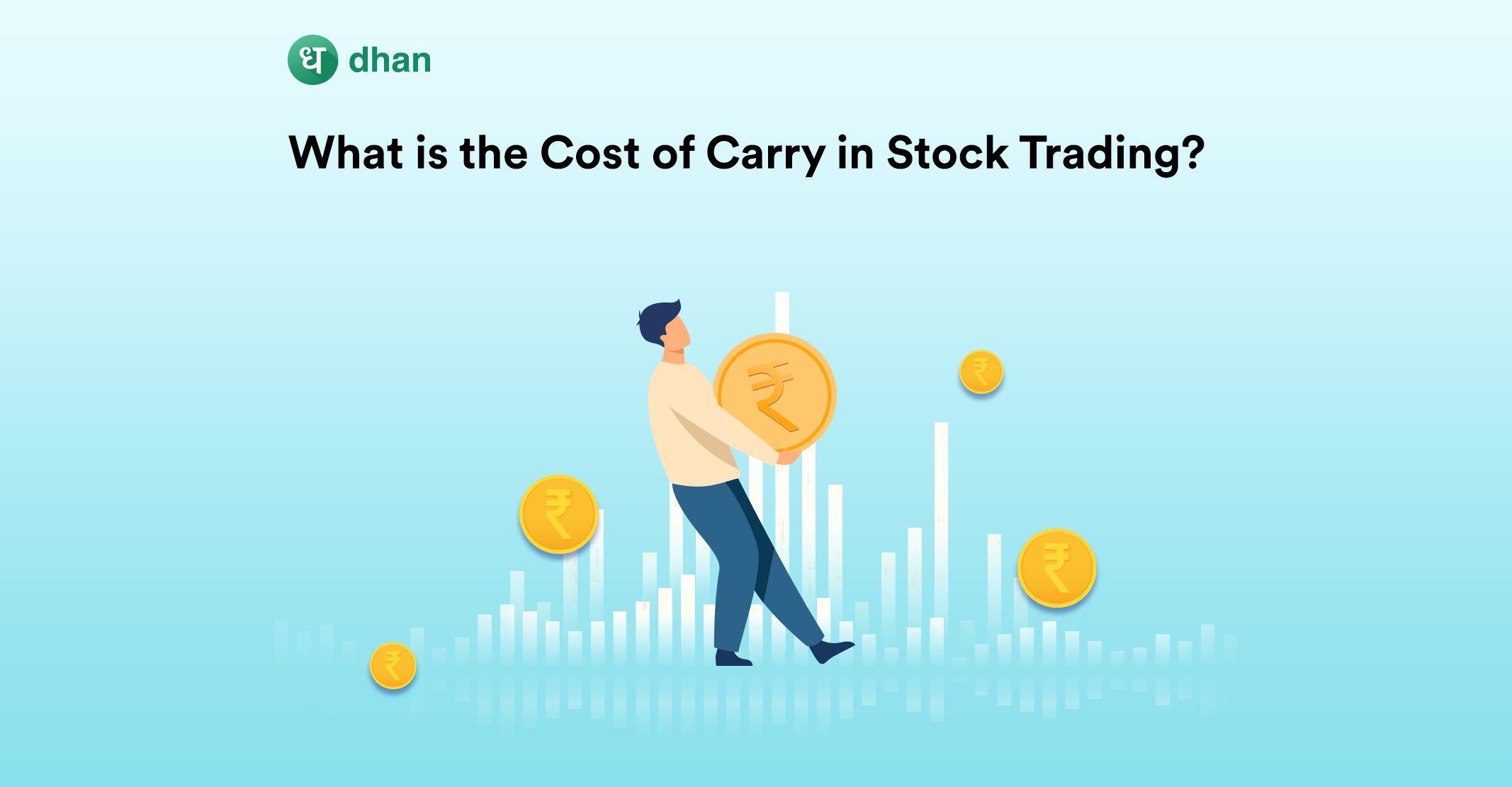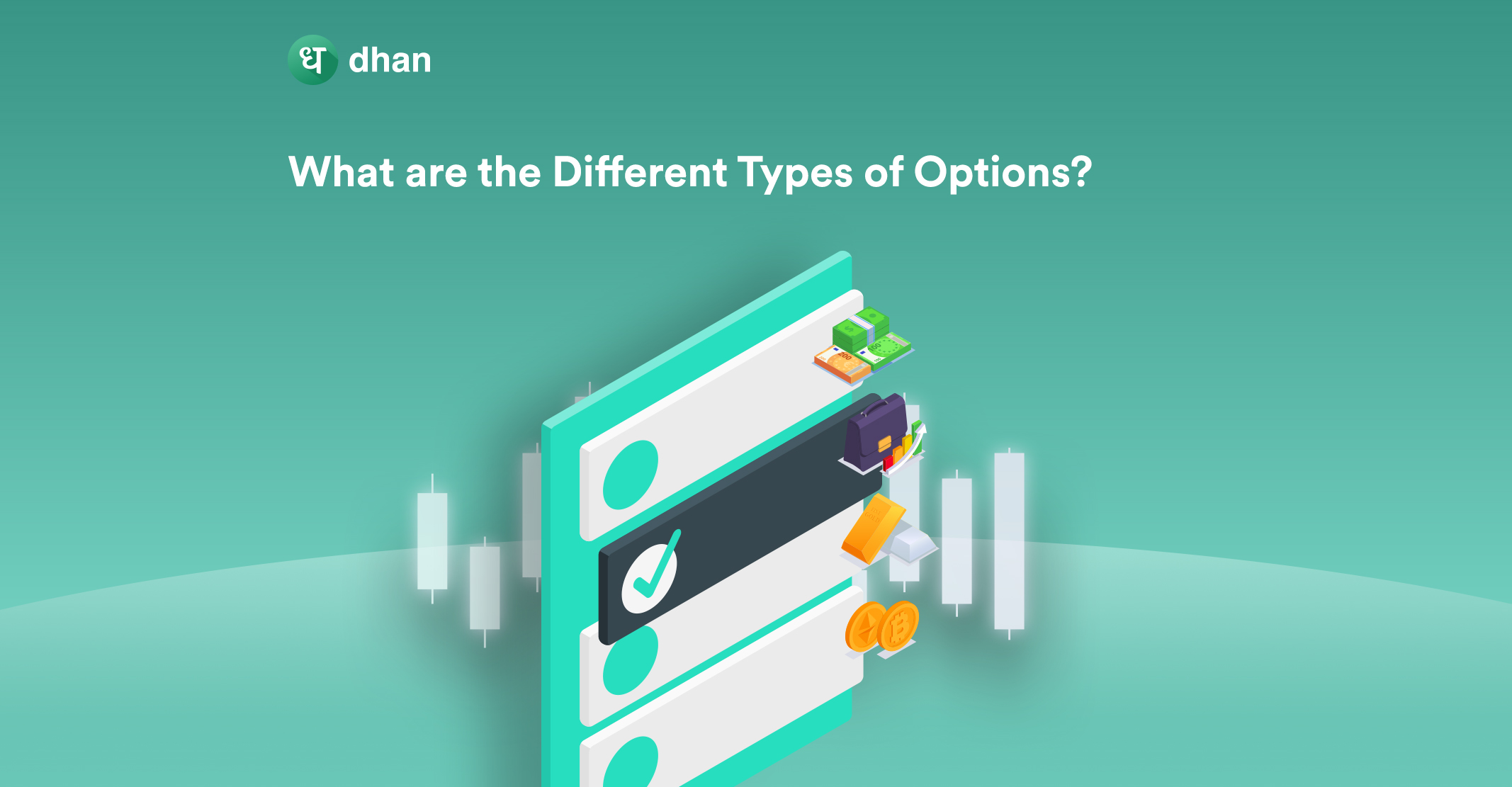The Cost of Carry refers to the cost you will incur to hold any financial securities like Futures and Options.
If you are buying Wheat Futures, you are entering a contract to buy a certain quantity of wheat at a fixed price on a future date. But instead, if you had planned to buy the wheat now, then there are certain costs that you will incur like Storage costs, Insurance, Interest on the loaned money, etc.
So those costs associated with carrying your investment are called the Cost of Carry.
Let’s Understand Cost of Carry for Futures Contract
When buying derivative contracts, you are not physically holding the asset. But, someone is holding the asset on your behalf. So the Cost of Carry is the cost of holding the asset, which gets added to the Futures Contract price.
📌 Cost of Carry Formula
Future Contract Price = Spot Price + Cost of Carry Or Cost of Carry = Future Contract Price - Spot Price
Here you can see that Cost of carry is the difference between the Future Price and the Spot Price of the underlying asset.
Components of Cost Of Carry
There are several components of Cost of Carry based on the type of the Futures Contract:
1. Interest Cost/Margin Cost
Interest cost/Margin Cost is the cost of loaning money to own the underlying asset of the Future Contract physically. Suppose you invest using the online trading platform and buy Reliance Futures instead of Reliance shares, then you are saving on the interest you should have paid on the loaned money to buy the shares. This cost gets added to the Cost of carry and increases the Future price.
2. Storage Cost
Trading in the Commodity market is very common. If you buy Iron Futures, you are saving the storage cost you would have incurred to buy and store Iron physically. You get this advantage through a Futures Contract, and the cost gets added to the Future Price.
3. Insurance Cost
Whenever you buy any physical commodity, you need to insure it. Insurance costs vary based on the asset’s value; because the Futures Contract saves you from insurance costs, it gets added to the Cost of Carry.
4. Dividend Income
Dividend Income is the opportunity cost you are losing for not holding the asset in physical form. So dividend income gets deducted from the Cost of Carry.
Cost of Carry = Interest on Loan/Interest on margin + Storage Cost + Insurance Cost - Dividend Income
The implication of Cost of Carry in Trading
The more significant the difference between the Future Price and the Spot Price, the higher the Cost of Carry. A higher Cost of Carry indicates that investors are bullish on the stock, and they are ready to pay a higher cost of carry to hold the Futures Contract.
These market sentiments will help you in your online stock trading to predict the movement of the stocks.
The opposite is true; if suddenly the Cost of Carry falls, it could mean that the company announces a high dividend payment or the market is bearish on the stock.
📌 You can also read:
- What is a Derivative Contract: Meaning, Types, Uses?
- What is Options Trading – Meaning, Types & Strategies
- What is Open Interest – How to Trade with Open Interest?
- What is Beta in Stock Market – Definition, Calculation & Uses
Watch: Dhan Podcast🎙️ ft. Subhadip Nandy on Options Trading Strategy
Disclaimer: This blog is not to be construed as investment advice. Trading and investing in the securities market carries risk. Please do your own due diligence or consult a trained financial professional before investing.



